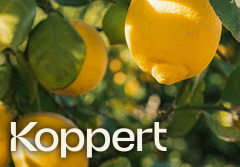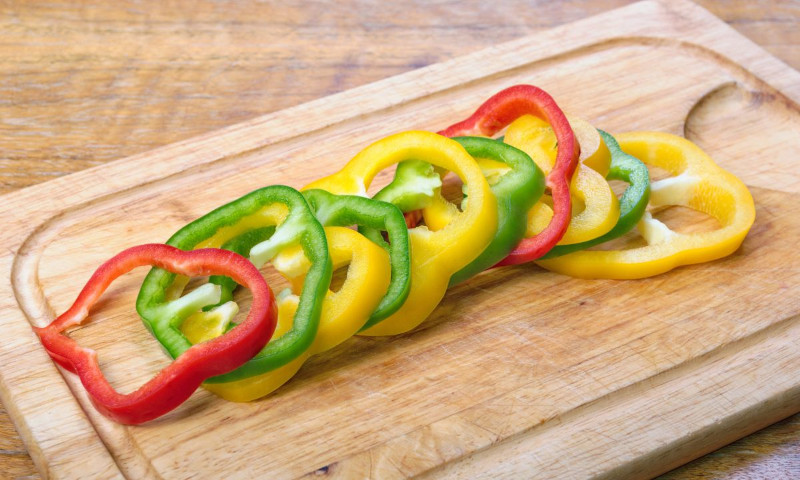All that glitters is not gold. Although peppers have experienced some golden years in the province of Almeria with the overtaking of tomatoes, they could come to a standstill or even reduce their surface area slightly in the next campaign. This idea is being passed on to Fruit Today by some seed companies. The ‘fault’ lies in the good evolution of products such as cucumbers in late areas such as San Agustín and Roquetas, where the profitability has beaten records, alongside the considerable increase in the average production costs for peppers. At the end of March, the Chairwoman of Asaja-Almería, Adoración Blanque, informed that the production costs of this vegetable have increased on average by 26%. Labour makes up 39% of the production costs, followed by fertilisers with 8%. The depreciation of the structures and the plastic consumables have both risen by 58% since 2021. Other inputs, such as electricity, water or agricultural diesel have undergone unparalleled price rises. “We fear that many inputs will not return to the prices they had before this inflation crisis.”
Although the prices have followed suit, with an average of 1.09€/kg in conventional peppers from 5/09 to 2/04 (according to figures from the Andalusian Government’s Prices and Markets Observatory), and 1.19€/kg in ecological produce during the same period, we will have to wait until the end of the campaign to be able to really see if the prices will offset the drop in yield caused by the weather conditions and the incidence of pests and diseases, along with the aforementioned increase in costs.
Polarisation of cycles
Another trend that seems to be becoming implanted is the polarisation of cycles (early and late, planted slightly earlier). According to Alejandro Pascual, Pepper Product Development Specialist at Syngenta Iberia, “the medium cycle varieties have been pushed off the market due to their lack of resistances. There is still no clear substitute.”
A large part of the plant breeders confirm that the late segment will grow in surface area, even in areas such as El Ejido, where this cycle was not as frequent.
Plant breeders with a more important position in early cycles believe that the surface area will be maintained, taking their clients’ view into account. “Our varieties produce very quickly and they allow another spring crop to then be planted or continued, because they offer important production. Few people have actually told me they are going to delay planting,” Melchor Guzmán, a sales technician at Top Seeds, states.
At Vilmorin, Serafín Romacho, a Sales Representative, affirms that in Berja and Dalías the early cycle will be maintained because the weather conditions are suitable for early varieties. However, Adra and El Ejido could delay and start planting medium cycle crops.
Fewer specialities
The typology that is mainly being grown is the California pepper, with an ample 75% of the volume in the pepper category, followed by Lamuyo (12%). The sweet conical pepper (7%) and the snack pepper (2%) are minorities and everything seems to indicate that their market share could be reduced. And the fact is that a drop in demand is expected due to the effects of inflation on consumers’ pockets. On the supermarket shelves, the selling price has also gone up, reaching prices that are “exaggeratedly high on markets such as Poland, with California peppers at 9€/kg”, sources from a seed company comment.










